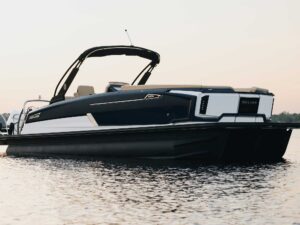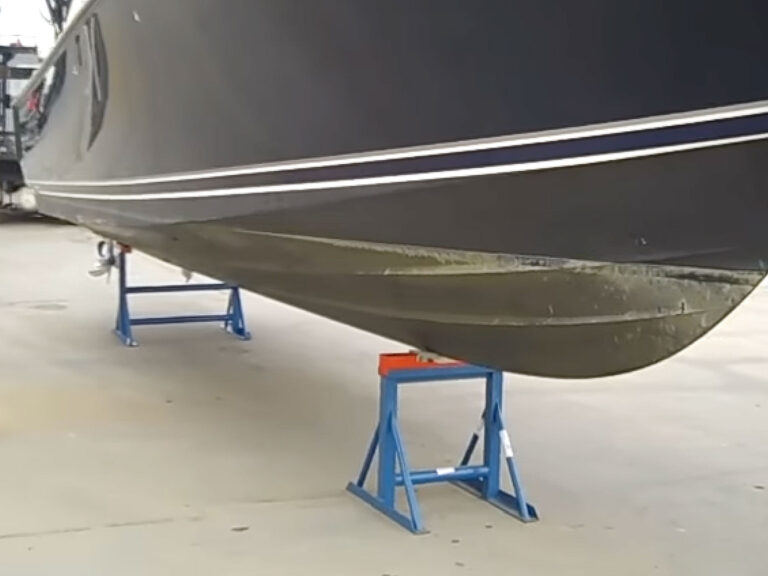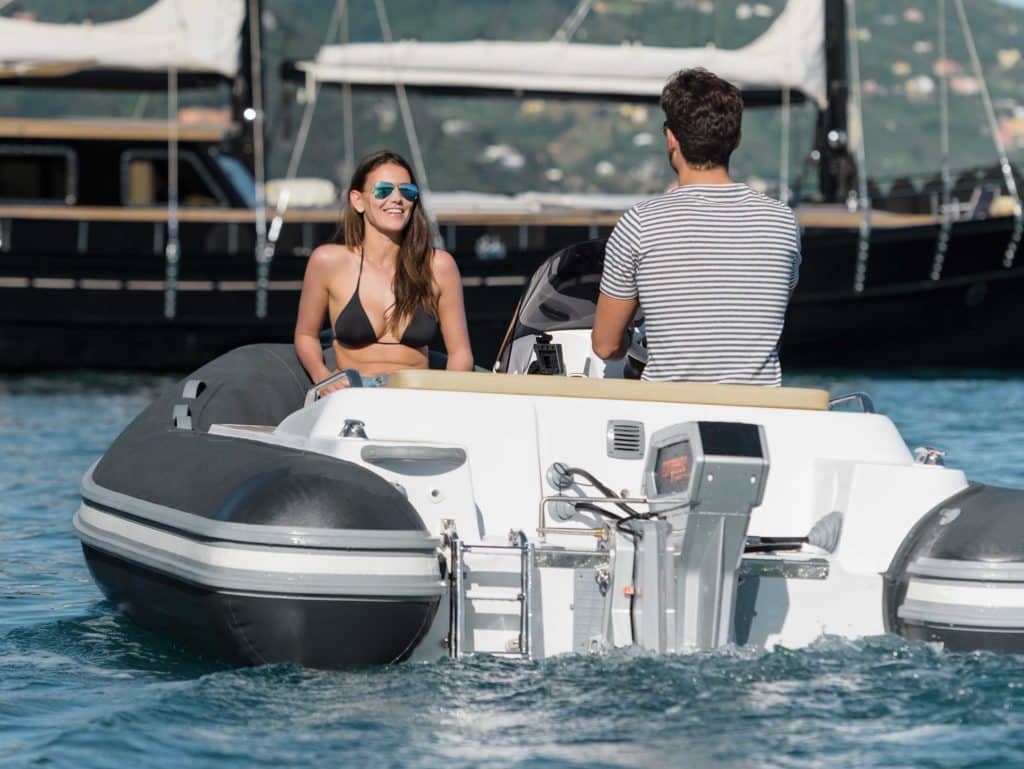
Electric marine propulsion is rapidly advancing in market share while providing a fun and unique boating experience not available from internal combustion power.
Electric Motors Then
You might be surprised to learn that electric boats have been around since 1838. Inventors from Prussia, England and America began making vessels with lead-acid batteries—tons of lead-acid batteries per vessel—to move passengers quietly and efficiently. But the internal combustion engines invented in the late 1800s were more powerful and convenient, and with the exception of Elco electric motors, electric power fell away in popularity. In 1934, Minn Kota manufactured the first electric outboard. Then, in the 1960s, bass tournament fishing popularized big-horsepower gas engines for speed, and electric trolling motors for precise boat handling. You might say the fishermen were ahead of the curve by about 60 years on hybrid boats.
Electric Motors Today
We are focusing on production models that can be easily installed by a do-it-yourselfer or OEM without special training. Lithium-ion batteries can be volatile if not properly installed, so some companies require their trained tech to do that.
Cost
Electric outboards are expensive, and while we’ve listed the purchase cost, the batteries available are too numerous to name or price, and can cost more than the motor.
KW vs. HP
A mathematic equation easily converts kilowatt-hours to horsepower, and our math revealed the calculated horsepower to be considerably less than the equivelant horsepower suggested by manufacturers.
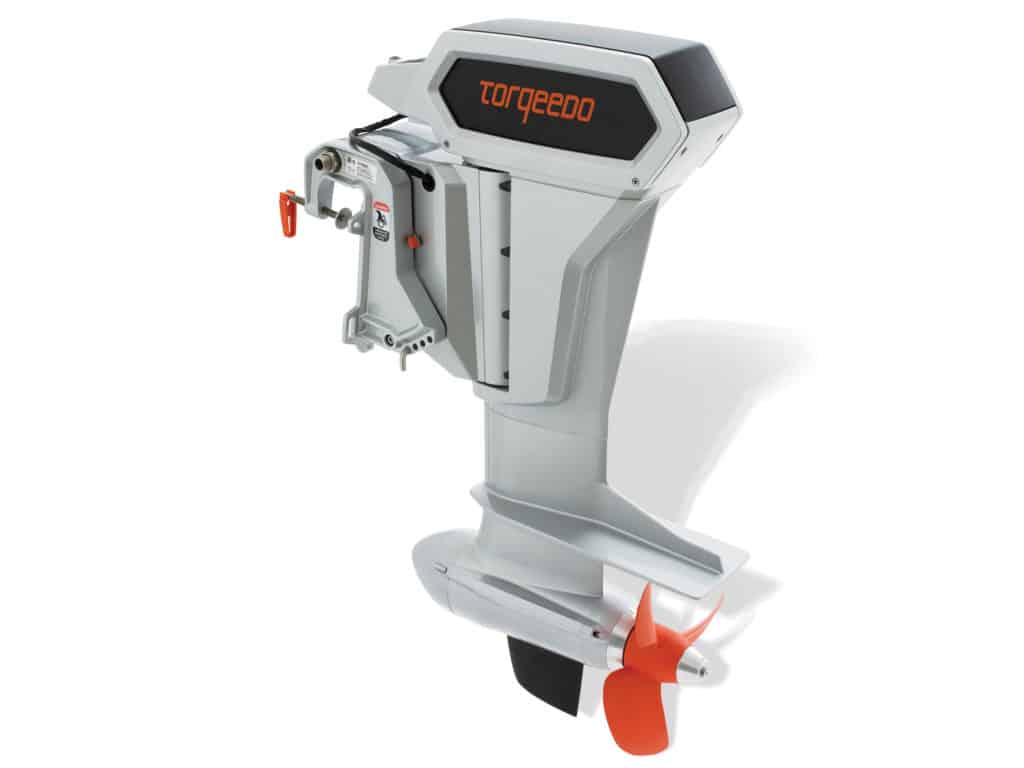
Torqeedo
Torqeedo provides completely integrated motor, battery and controls. Electronically controlled systems give its motors greater range per battery capacity and, similar to a fuel gauge, help operators conserve energy when needed or tell them when they can splurge on maximum throttle. The batteries are provided by BMW, but it is Torqeedo’s control system that manages output, heat and recharge operations to protect and optimize battery capacity and motor performance.
Range of Power: Outboards from Ultralight 403 at 400 W (about 1 hp) to Deep Blue at 50 kW (about 80 hp equivalent with 20 percent hole-shot boost), and inboards up to 100 kW (about 135 hp).
Most Popular Motor: Torqeedo’s Cruise 10 ($8,999) puts out 10 kW, or about 14 hp, but performs comparably to a 20 hp outboard thanks to Torqeedo’s software. In remote control, it is popular among pontoon boaters in particular, and commonly installed on pontoons used on neighborhood lakes requiring electric propulsion. Through digital controls, peak output is boosted beyond nominal output for a short time to improve acceleration at the hole shot, then returns to nominal output for optimal heat, range and speed control. A side- or top-mount controller—akin to the throttle—will cost $1,399, by the way.
Best Battery: The Torqeedo 48-5000 (5,000 Wh) lithium-ion battery ($5,159) is rated IP67 waterproof; connecting two or more in parallel extends the range.
Battery Compatibility: Compatible with any lithium-ion or AGM battery bank providing 48 volts, the Torqeedo can only operate in smart mode, measuring discharge, heat and other factors to dynamically manage power with Torqeedo batteries. With nonproprietary battery banks, Torqeedo motors mathematically, and less accurately, estimate range and consumption.
Chargers: The 2213 charger ($899) can recharge a 48-5000 battery in under 10 hours. It is rated IP65 water-resistant. The 2212-10 charger ($2,199) can recharge it in two hours.
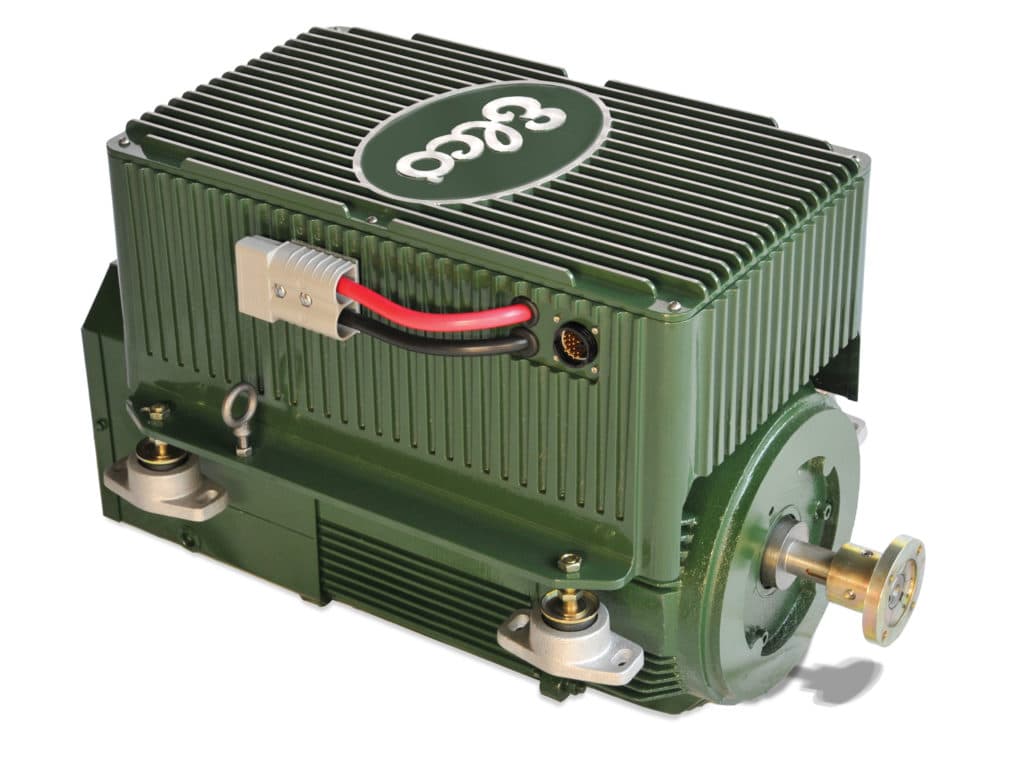
Elco Motors
Elco has been building electric outboards for over 100 years—a figure that seems implausible to boaters who are beginning to see electric propulsion for the first time. The company’s engineering philosophy has remained the same: build plug-and-play systems, relying on battery power preferred by the customer, and design its motors to fit existing motor mounts, or provide standard transom clamps to make repowering simple and seamless.
Range of Power: Elco builds electric outboards with tiller or remote controls from 3.7 kW (about 5 hp) to 37 kW (about 50 hp). Elco’s inboards range from EP 6 to EP 100, with horsepower equivalents from 6 to 100.
Most Popular Motor: The EP 70 inboard ($15,995) can replace inboard diesel kickers and trawler motors, providing a top speed of 8 to 10 mph (7 to 8.5 knots) and a range of 23 to 41 miles. Its peak output is 51.5 kW (about 69 hp), and continuous output is 29.75 kW (about 40 hp). It needs nine 8-D 12-volt AGM batteries for a total of 108 volts. Lithium-ion batteries are also compatible in comparable volts and amps.
Best Battery: Battery banks from Lithionics are most commonly selected for new builds, and an EP-12 Victron AGM Deep Cycle 12V/220Ah bank is ideal ($5,409).
Battery Compatibility: Elco batteries are completely brand agnostic and connect with any quality battery bank providing the motor’s power demand. However, lithium-ion batteries still provide the most efficiency, along with full power to complete discharge. Even though their upfront investment is often more than double that of AGM batteries, the cost per charge is comparable while also lightening the boat and bringing better performance and range.
Chargers: The ElCon UHF3300 (1x) charger (starting at $825) takes three to four hours to restore battery banks, and the PFC 5000 fast charger reduces the time to two to three hours.
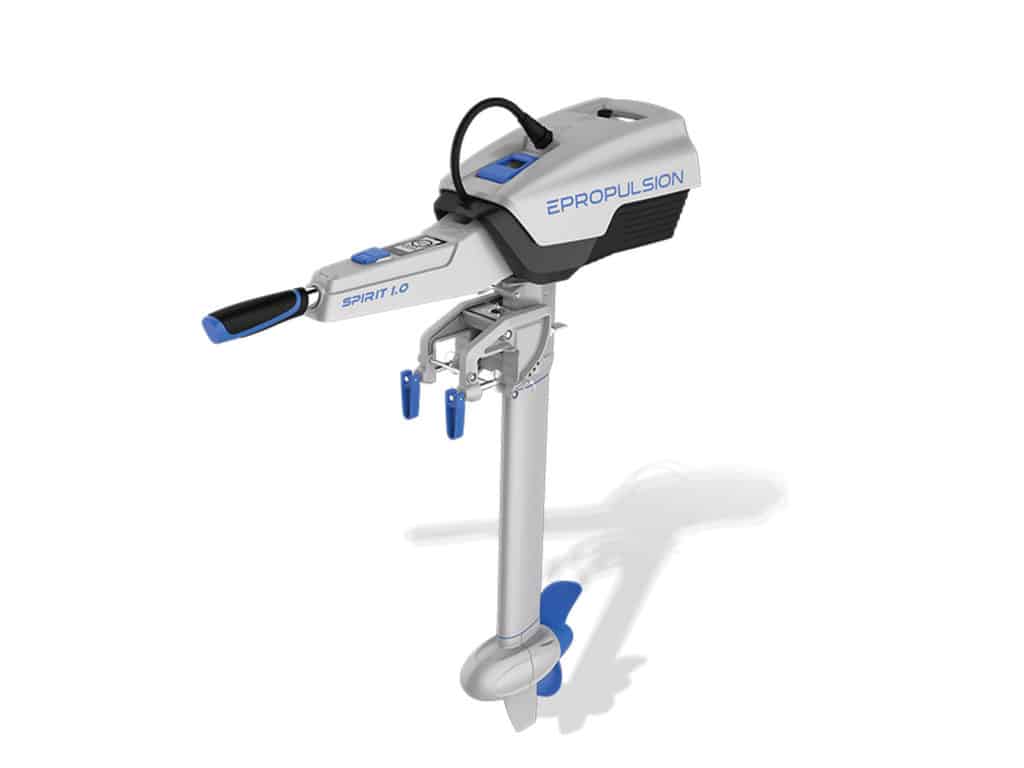
ePropulsion
This company boasts five electric propulsion systems engineered at the Hong Kong University of Science and Technology, and entered the market in 2013. HKUST is also known as the incubator of many electronic products, including the DJI drone. Persistent engineering has brought new innovations to the marketplace.
Range of Power: The smallest offering from ePropulsion is a strap-on stand-up-paddleboard motor. Mainstream power includes two large outboards boasting 1 kW (about 1.35 hp) and 3 kW (about 4 hp) power, two pod drives of the same output, and the most popular portable Spirit 1.0 Plus.
Most Popular Motor: The Spirit 1.0 Plus ($1,999 including charger) is ePropulsion’s top-selling motor, ideal for small vessels, square-stern canoes, tenders and more. It’s a 1 kW motor that the company says offers 3 hp equivalent power with an industry-first direct-drive brushless motor. That’s a quiet arrangement, making the motor lighter and more efficient. It’s got a 75-minute run time at full speed, making 22 miles on a quickly exchangeable, integrated and included floating battery. Take a spare battery ($899) for longer range.
The Navy 3.0, ePropulsion’s latest motor, is 3 kW, or about 4 hp, though ePropulsion claims 6 hp equivalence. It’s available in tiller-steered and remote-control models. Its direct-drive, no-gear-case motor was a breakthrough in electric outboards, using a brushless motor that produced less sound and drag, and increased power and efficiency, offering a more serene experience.
Best Battery: There are three E-Series 48-volt batteries offered: The E40 ($1,200) provides 2,048 Wh, the E80 ($2,000) provides 4,096 Wh, and the E175 ($4,000) offers 8,960 Wh. The data-cable connections in ePropulsion batteries give battery management, enhancing range and speed.
Read Next: ePropulsion Lithium Iron Batteries
Chargers: Chargers available from ePropulsion are 10-, 20- and 30-amp modes ranging from $300 to $620.
Read Next: Learn About Garmin and Lowrance Electric Motors
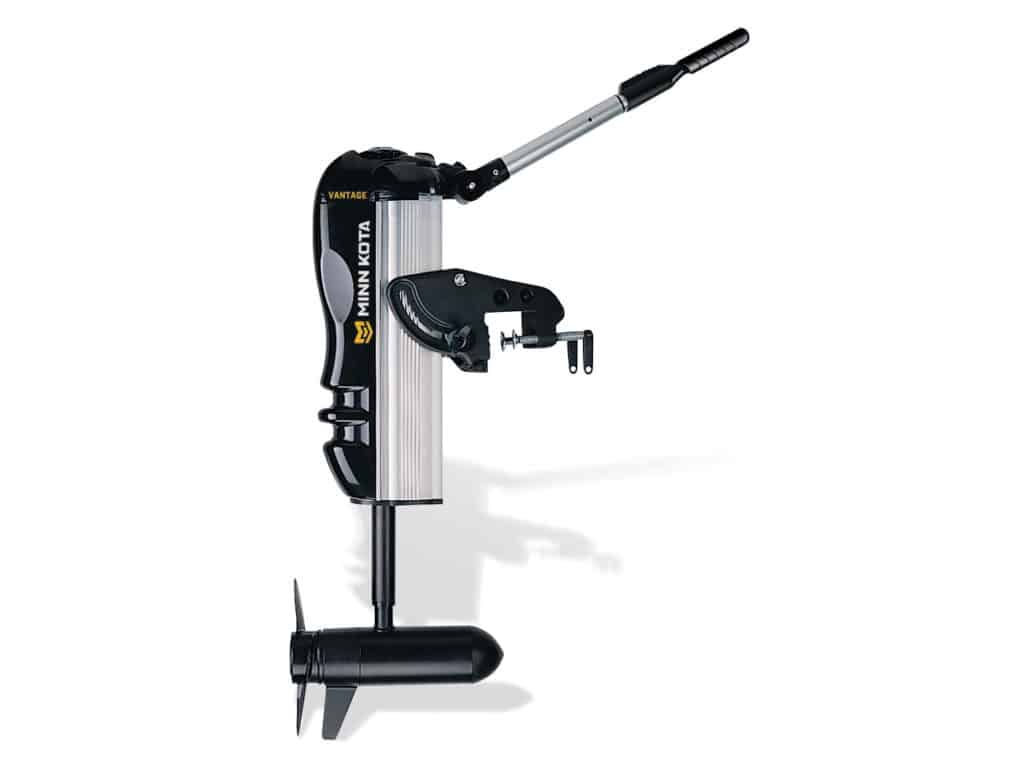
Minn Kota Motors
Minn Kota has been making electric outboard motors since 1934, and its first model was a gear-driven, transom-mounted motor with a tiller. As time progressed, it improved motors slowly until the tournament bass-fishing craze began in the early 1960s. In that time, the motors have been popular as primary propulsion for dinghies and utility boats used for tenders, or positioning the boat for casting.
Range of Power: Models today range from simple tiller- steered motors to digitally remote-controlled motors complete with autopilot features and smartphone compatibility. The Vantage is the company’s primary propulsion motor.
Most Popular Motor: The Vantage ($1,549.99) is not Minn Kota’s most popular motor, but it’s a top contender in the boat market where electric propulsion is desired or required. The tiller-steered Vantage is ideal for use as a kicker for trolling, or propulsion for a tender or small johnboat. The variable-speed motor is digitally controlled to manage and conserve power for optimum range. Forward, neutral, reverse, and power trim to raise it are easily accessible on the tiller of this 24-volt motor. For some reason, Minn Kota does not list specs such as amps, kilowatts or watt-hours.
Best Battery: Minn Kota doesn’t offer batteries, but the motor is compatible with any battery bank producing 48 volts.
Battery Compatibility: Lead-acid, wet-cell batteries are still the most commonly used for small electric motors, but AGM (absorbed glass mat) batteries are more durable, offer more charge cycles, and are quickly replacing wet-cell batteries. Lithium-ion batteries shave 75 percent of the weight of lead-acid batteries, deliver full power to total discharge, and are actually more economical per charge cycle in spite of a 100 percent premium over AGMs.
Chargers: An MK 345 PC Precision Charger ($449.99) provides three-bank charging at 15 amps per bank.

